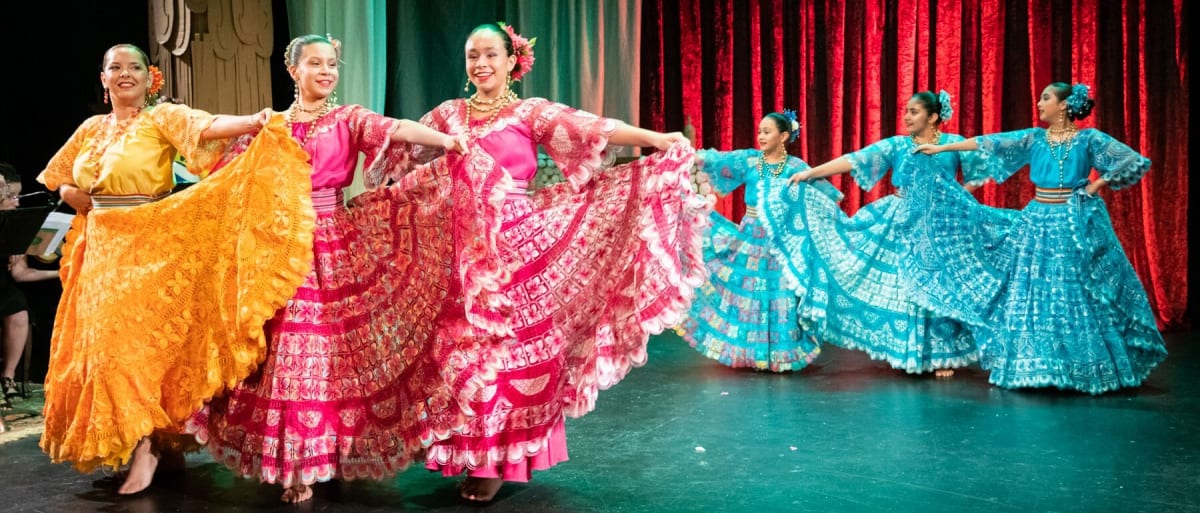It was a fruitless endeavor, I said to myself after witnessing the Drunkard’s Wife’s production of Madame Lynch at The New Ohio Theater, that I bothered to research Eliza Lynch, the fascinating and complicated woman at the center of this production’s flight into an impenetrable fantasy of words and spectacle.
Eliza Lynch was born in Charleville, County Cork, Ireland, moved to Paris, and finally became the mistress to Francisco Solano López, dictator of Paraguay. While they never married, she bore him 7 children. Until recently she was considered a cultural villain and a warmongering manipulator. Her vindication came with the publication of the in-depth biography, The Lives of Eliza Lynch: Scandal and Courage. Ironically, because of my research I was actually able to interpolate meaning into this production’s otherwise chaotic and indulgent spectacle. In fact, the more I knew about Eliza Lynch, the more The Drunkard’s Wife production infuriated me for its lack of subtlety and sensitivity. There was much missed potential in their extravagant farcical depiction of this woman and of the entire country of Paraguay.
The “Queen of Paraguay,” the infamous and now honored Eliza Lynch, is conceived in Madame Lynch by writers and directors Normandy Sherwood and Craig Flanagin as an incoherent madwoman, intent on defiling the simple and pure world of 19th century Paraguay. She is portrayed with the stunning and impassioned performance of Juliana Francis Kelly in an otherwise jumbled mess that meanders into dramatic, literary, and philosophical cul-de-sacs. This Madame Lynch condescends to everyone, disparages Paraguay, and makes feeble attempts to impose a European culture on the simple but beautiful Paraguayans. She is introduced as a somewhat unhinged woman obsessed with lists, and early on demands exactly what character they must be at her costume party. Pointing to various members of the audience: “You come as a raspberry,…a fishwife…three embarrassed laundresses.” Later a chorale of three, including Madame Lynch, recite a partial list of the 695 species of Paraguayan birds. While impressive as a feat of memorization, the effect is soporific.
Spectacle, special effects, and narrative irony overpower any sense of story and render the characters as unsympathetic caricatures. What appear to be the good intentions of the Sherwood-Flanagin collaboration – decrying the loss of native integrity at the hands of a capricious European cultural imperialism – clearly evades the seriousness of Paraguay’s history. Paraguay’s war against Argentina, Brazil, and Uruguay (The War of the Triple Alliance, 1864-1870) was the bloodiest in South America’s history. 90% of Paraguay’s adult population died. To depict this terrible event, the writers of Madame Lynch chose to treat us to a fashion show with runway models in suggestive military garb. Apparently this was meant to be an ironic statement about this national carnage.
The only relief from the over-abundance of political and social sketches was the delightful native Paraguayan dances of the Ballet Panambi Vera group (with costumes created by Normandy Sherwood with Chelsea Collins and Nikki Luna Paz). The sight of these dances soothed the earlier chaos as they gracefully floated across the stage in their colorful native dresses.
The Drunkard’s Wife company prides itself on being spectacle, experimental and maximal in design. Yes, the set (designed by Yung Oh Le Page) and costumes were a feast for the eyes. But the production itself is a famine for the intellect, sending the mind reeling and begging for meaning.

